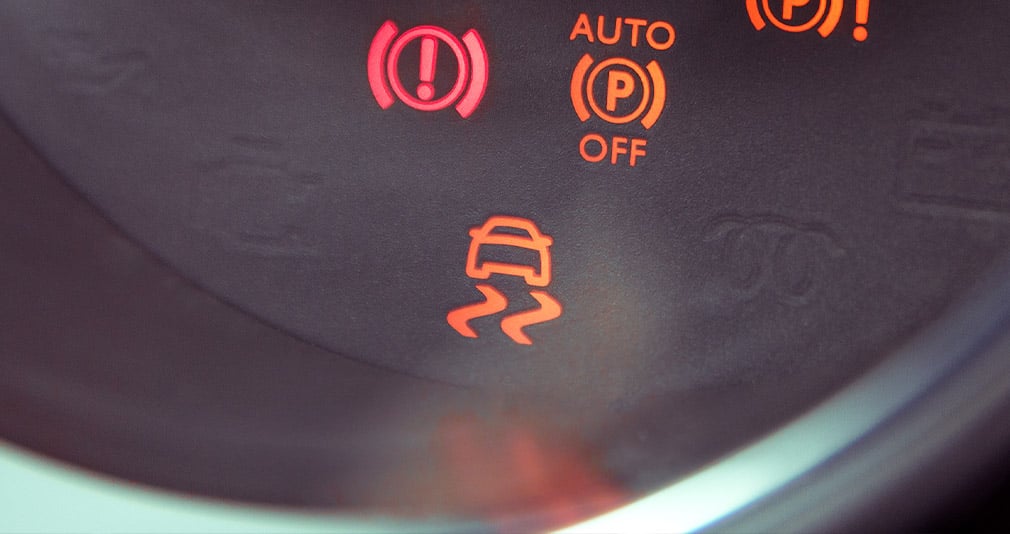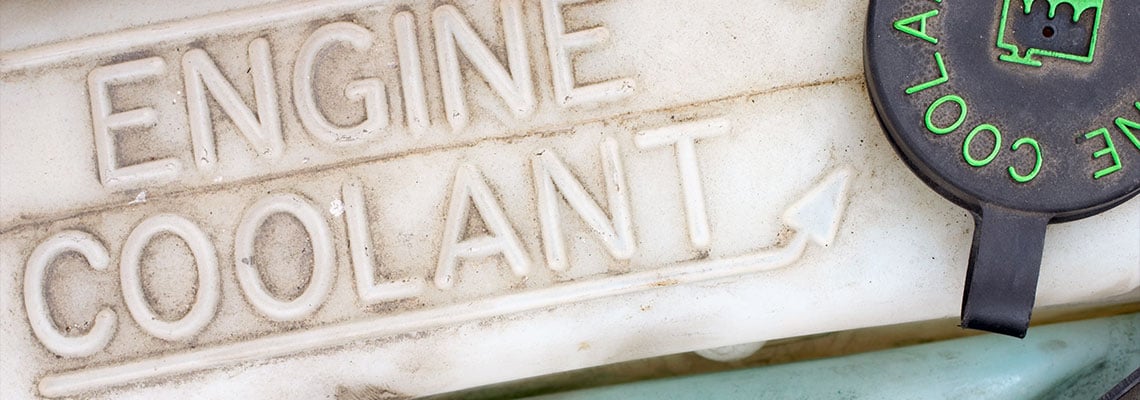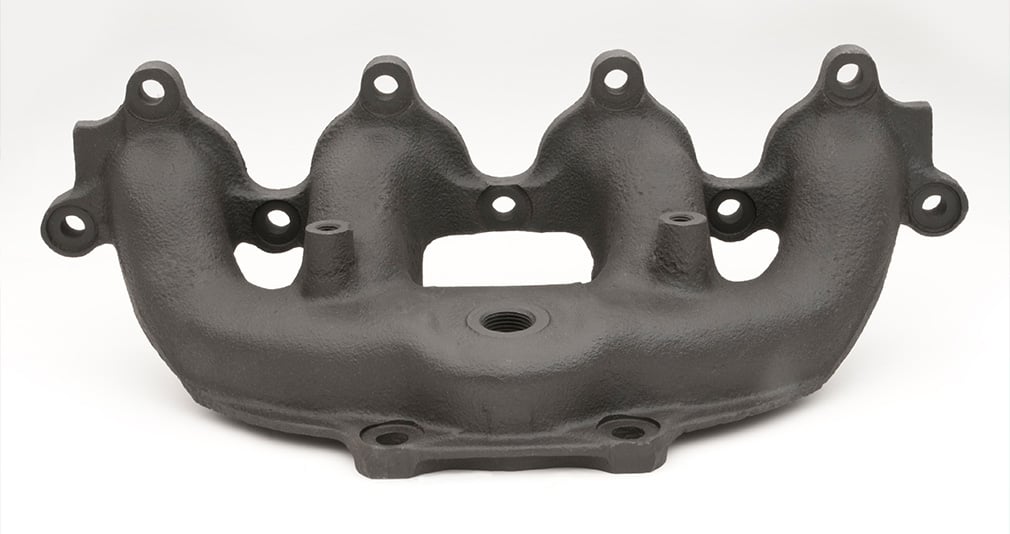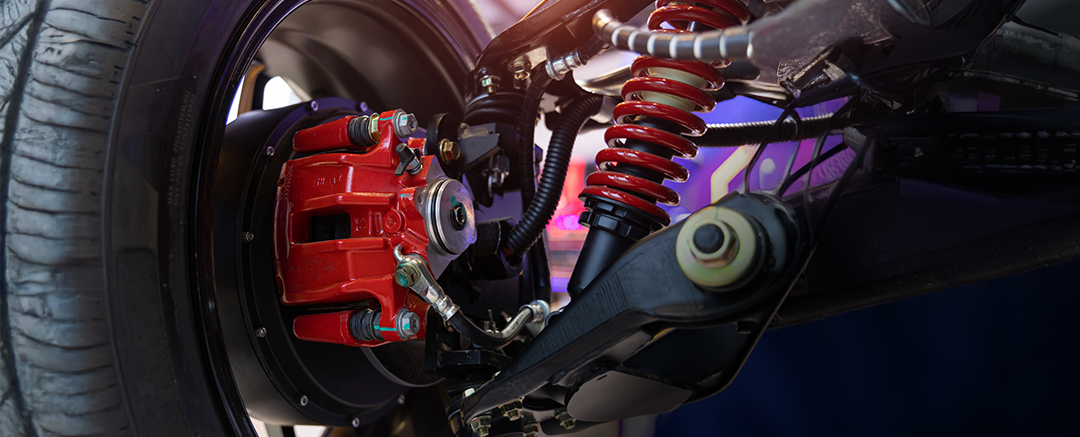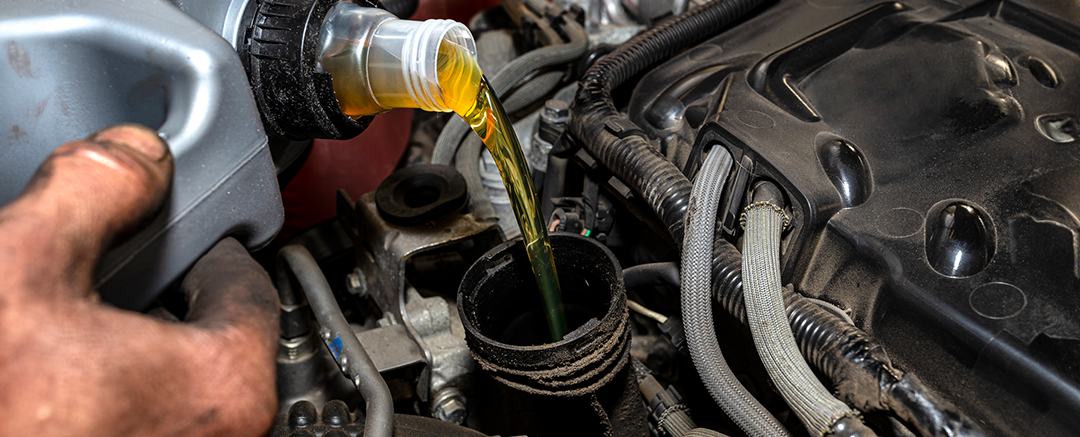A rainy weather forecast is more than a minor inconvenience, requiring you to grab a jacket and umbrella on your way out the door. Wet roads, foggy conditions and car parts worn out from harsh winter weather can make driving in springtime rain and storms downright dangerous.
In fact, 75% of all weather-related vehicle accidents in the U.S. happen on wet pavement.
Fortunately, you can minimize the risk of an accident by properly preparing your car for spring rain and practicing safe driving habits. Here are the top car maintenance tips for spring, plus important safety tips for driving in the rain.
Common Springtime Driving Hazards
Before you can start inspecting your car and preparing to drive safely in rainy or stormy conditions, you should get an idea of some common hazards to keep a close eye out for. Whether it’s a massive pothole that takes out your tires or puddles that put you at risk of hydroplaning, make yourself aware of these springtime driving threats.
Icy Conditions
The official first day of spring is March 20, but it’s not unheard of for Cleveland temps to dip below freezing throughout the early spring months — especially at night. When that happens, those April showers turn to slick, icy roads just in time for your morning commute. You’ll want to be prepared for ice on the roads, especially in the early mornings or late at night.
Potholes
Once winter’s snow melts, many cities and towns find new or worse potholes in the streets. Then, with the wet conditions of spring, rain seeps into cracks in the roadways, further weakening the asphalt, making existing potholes bigger and creating new ones.
As that pothole fills with water during rainy days, it can be hard to spot while driving. Tires are strong enough to take on some small potholes, but the larger the pothole, the more damage it can do to your vehicle. You’ll need to be diligent in watching for potholes.
Puddles
Puddles may be fun to splash in with the kids, but they can be dangerous to drive over, especially if your brakes or tires aren’t in great shape. Drive over a puddle too fast, and you could start hydroplaning, lose control of the vehicle and put yourself at risk of a collision.
Puddles can also hide hazards, like potholes, and judging the depth is not always easy. In areas that see a lot of rain (including Cleveland, which is predicted to see more rain in coming years), roads can flood significantly and put your family in danger if you try to clear a large puddle that is deeper than it appears.
Poor Visibility
With heavy rainfall and misty or foggy conditions, it’s hard to see even the car directly in front of you. You’ll need to make sure your headlights are clean to better illuminate the way. Brake lights are always essential but are especially important when visibility is low. While you may be in a hurry to get to work or to pick the kids up from school, give yourself extra time, and be prepared to drive slowly or even pull over to the nearest gas station or rest stop if visibility is too poor.
Car Maintenance Tips to Keep Your Car Safe in Spring
Winter can do a number on a vehicle, leaving you with worn-out tires or streaky windshield wipers. When rainy, wet weather conditions arrive, tires and brakes in poor condition can make it easy to skid, while dirty headlights and windshields make poor visibility even worse. Follow these car maintenance tips to get your vehicle ready for safe driving.
Inspect Brakes
In the rainy spring season, your brakes will be especially important to keep you and your family safe. Start by making sure your brake fluid is full and that the pads and rotors are in great condition. You’ll want to schedule regular brake maintenance, at least every six months, with a qualified technician to make sure your brakes are ready to stop your vehicle safely.
Replace Wiper Blades
After months of snow, your windshield wiper blades may do more harm than good, leaving streaks all over the glass that make it even harder to see. Make sure to check your wiper blades at the start of spring and replace them if they aren’t cleaning the glass. It’s best to change out windshield wiper blades every six months to a year.
Check Tire Treads and Pressure
To minimize your risk of skidding, make sure you have tires with functioning tread depth. Deeper treads help maintain traction, but bald or smooth tires could put you in danger of losing control on wet pavement and crashing.
To check the tire tread, grab a quarter and insert it upside down into the groove of each tire. You shouldn’t be able to see the top of George Washington’s head. If you can, the tread is too low, and you’ll need to replace the tires ASAP.
Cold weather can impact tire pressure, so be sure to check the tires with an air pressure gauge. It should match the recommended tire pressure listed on the sticker inside the driver’s side door or the vehicle user manual. If it doesn’t, make sure to refill the tires to the correct pressure at a gas station or ask a local repair shop for assistance.
Clean and Repair Lights and Signals
It’s hard enough to see during heavy rain, so make things a little easier by wiping down your vehicle lights. Recruit a friend or family member to help you check that your turn signals and brake lights are working. You’ll need to be able to clearly signal to other drivers when visibility is low.
Tips for Driving Safely in Rainy Conditions
Even with your car in tip-top shape, driving in the rain and storms can be stressful. You’ll need to remain calm to make it to your destination safely, and you’ll also want to prepare to respond to hazards as they come up. Here are a few tips for safe spring driving:
1. Come to a Stop With Care
On wet pavement or while driving through puddles, your car could skid or start hydroplaning, increasing your risk of a collision with another vehicle or other objects.
While skidding and hydroplaning are often referred to interchangeably, the National Safety Commission defines them as two separate events.
Skidding is when the tires of the car slide across roads that have become slick from rain, sleet or snow mixed with oil and grease residue from vehicles. Hydroplaning is when your tires hit standing water on the roadway, but the water does not shed off the tire. Instead, the car completely loses contact with the road.
Whether your vehicle starts skidding or hydroplaning, here are some tips for coming to a stop safely.
-
Steer into the skid. If your car starts to skid, gently steer the car in the direction of the skid until your vehicle stops skidding and you can reposition.
-
Don’t steer when hydroplaning. You’ll need to handle hydroplaning a little differently. Start by taking your foot off the gas slowly. Hold the wheel but don’t steer it; instead, let the car continue until the wheels contact the road again and you regain control.
-
Give yourself more space. When you need to brake on wet pavement, make sure to give yourself extra time and space to start slowing down.
-
While driving, brake gently. Brake slowly and gently to minimize the risk of skidding or losing control of the car.
-
Don’t brake if you start to skid or hydroplane. Your instinct may be to hit the brakes hard but don’t. This could cause you to lose control of the vehicle.
2. Take It Slow
With slick roadways and foggy skies, it’s especially important to drive slower. It may take three times longer to brake on wet roads than on dry pavement. If you want to do so safely, slow down to make braking easier. Plus, you’ll need to be prepared to stop if another car loses control.
3. Leave Distance
This spring driving safety tip goes hand-in-hand with slowing down. You’ll need to leave plenty of space between the front of your car and the vehicle in front of you, giving you both more space and time to brake carefully.
While the National Safety Council’s 3-Second Rule suggests giving yourself a 3-second buffer between vehicles, you should double or triple this guideline when driving in the rain.
4. Turn Off Cruise Control
Cruise control can be handy on a long road trip or while driving on the highway during your daily commute, but it becomes a major danger to you in the rain. When the car skids or hydroplanes, easing off the gas can help you regain control of the vehicle, but those actions aren’t possible when cruise control is on.
5. Stay Alert
Remaining aware of your surroundings is important any time you drive, no matter the weather. But with increased hazards during rainy conditions, you’ll need to be extra vigilant. Keep an eye out for potholes, large puddles and potential patches of ice. Foggy conditions can make it more difficult to see, so make sure to pay close attention to pedestrians, wildlife and other vehicles around you.


